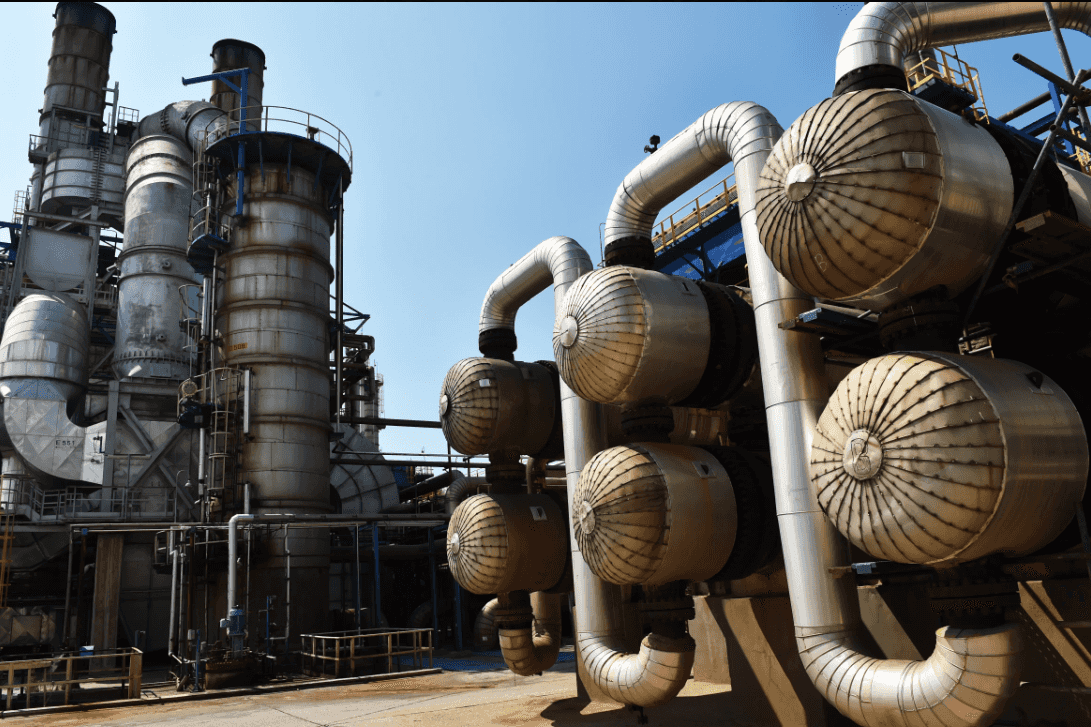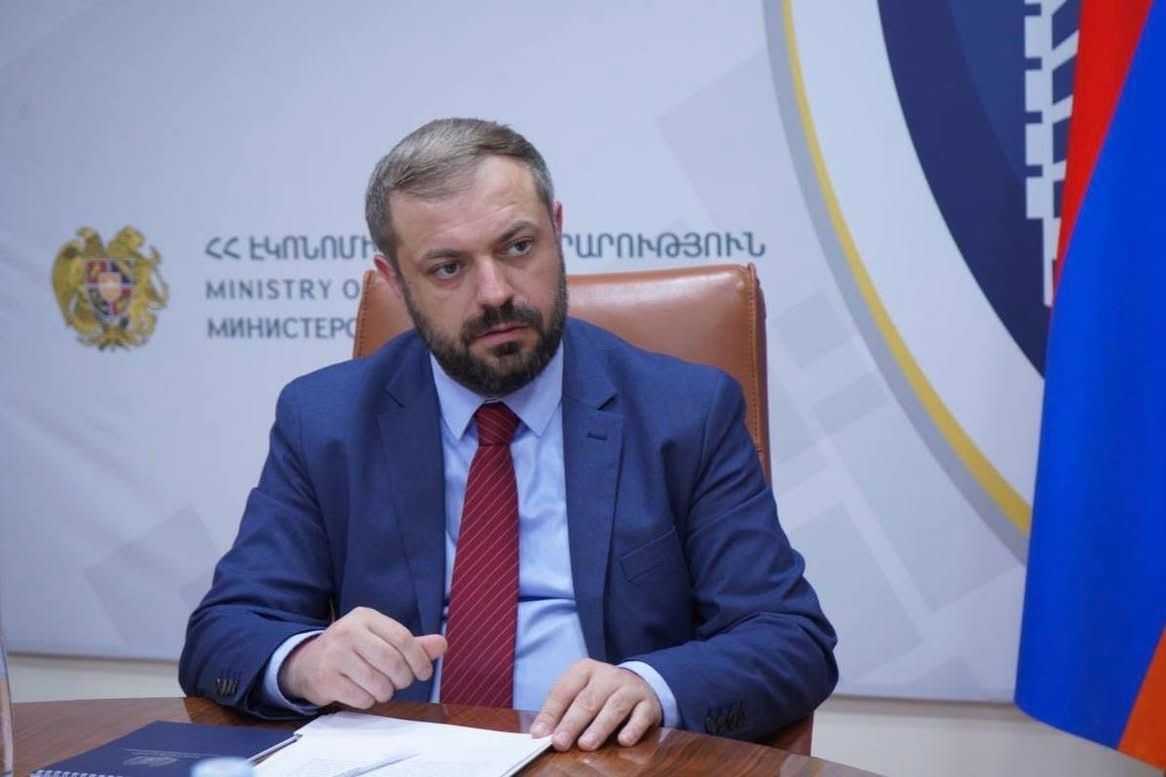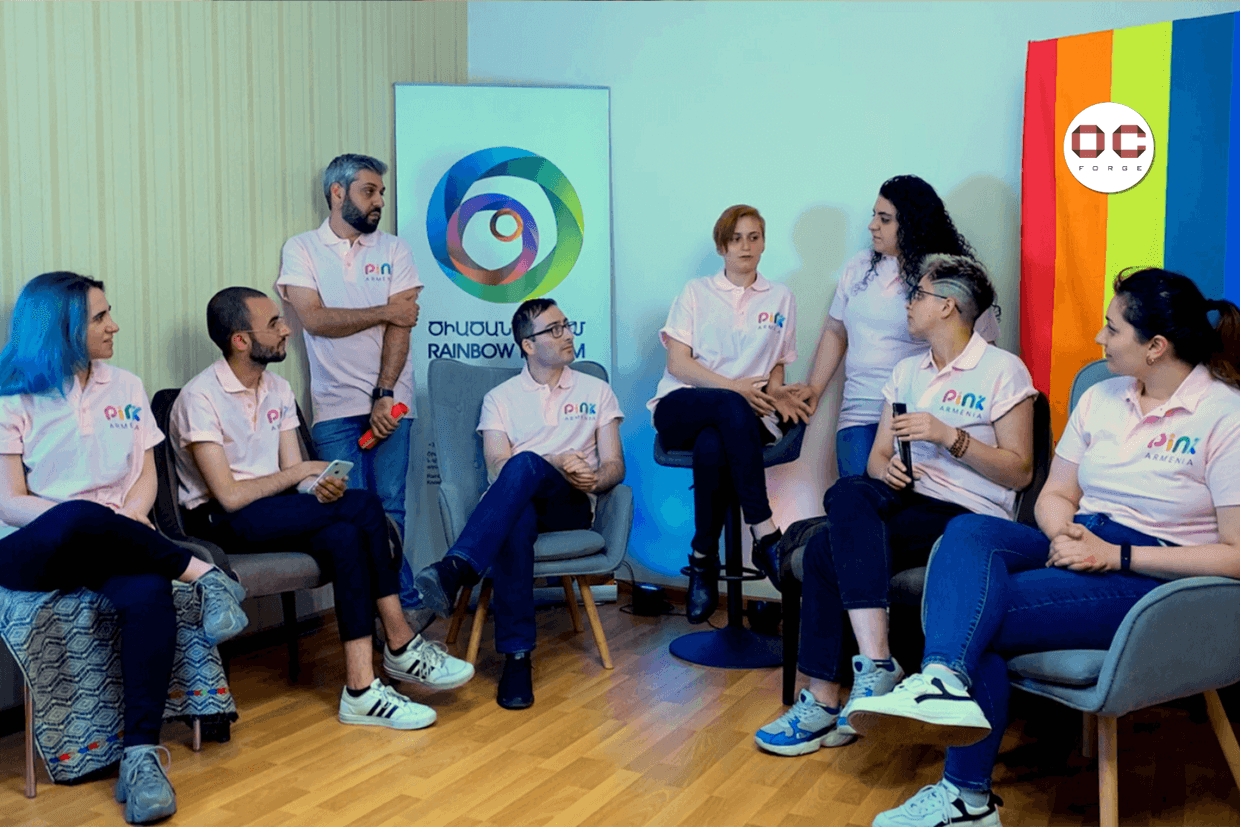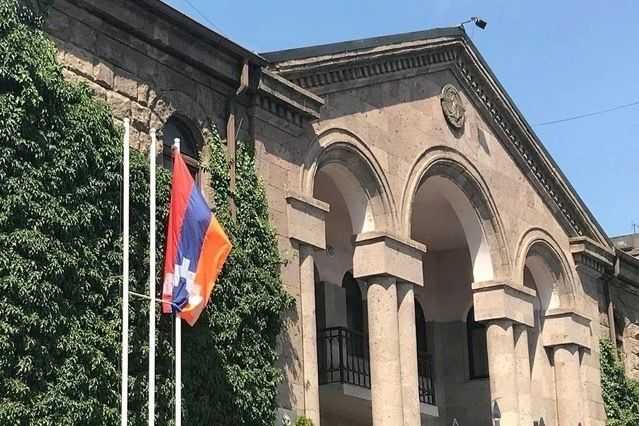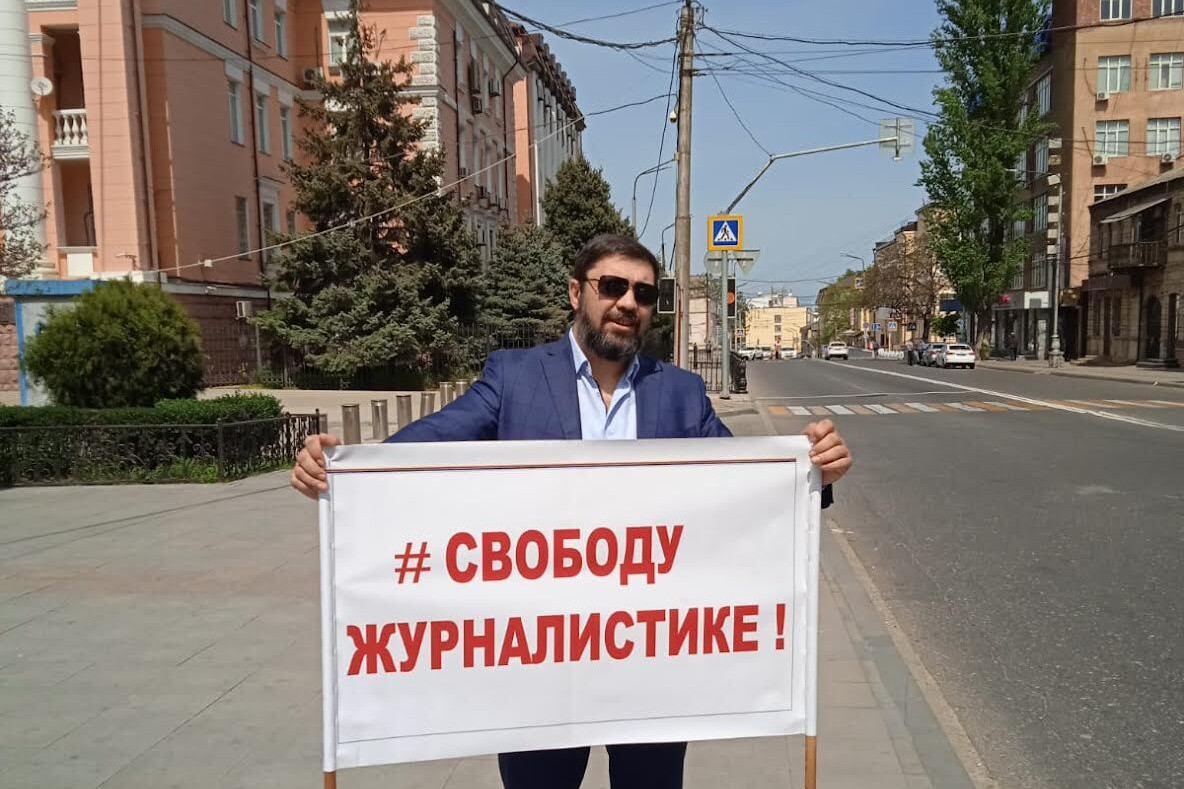
While conditions for the press vary across the Caucasus, many of the dangers are ubiquitous. OC Media spoke with journalists from Armenia, Azerbaijan, Daghestan, and Georgia about some of the challenges they must overcome to report the news.
World Press Freedom Day on 3 May is a chance to highlight the importance of independent media as a blueprint of pluralistic democracy.
It is also an opportunity to look back at recent developments that have affected and shaped media’s work in the Caucasus region, including restraints, attacks on, and demonisation of the free press.
In the Russian North Caucasus, a journalist from Chernovik attested to how an already repressive media environment has come under unprecedented new strain due to Russia’s invasion of Ukraine.
In Armenia, a journalist from CivilNet described how they were also still grappling with the government’s censorship during the Second Nagorno-Karabakh War, and their own efforts not to self-censor.
Last year, Georgia witnessed unprecedented attacks on journalists, including one from TV Formula who reflected on the continuous demonisation of independent media.
Meanwhile, in Azerbaijan, a journalist who served years in prison for his reporting spoke to OC Media about how the levels of press freedom continued to reach new lows.
Legal and illegal pressure for Daghestan’s Chernovik
Chernovik, a Daghestani newspaper and website, stands as one of only a handful of independent news sources still standing in the North Caucasus, where repression of the press has outpaced that of other regions of Russia.
One employee of the paper who asked to remain anonymous for fears over their safety told OC Media the situation had only become worse since Russia’s invasion of Ukraine.
‘The authorities’ current approach to journalism during the hostilities is the destruction of independent journalism and freedom of speech, especially in the regions’, they said.
Chernovik is no stranger to pressure from the government — pickets are still ongoing in support of journalist Adbulmunin Gadzhiyev, who was accused of financing terrorism in 2019.
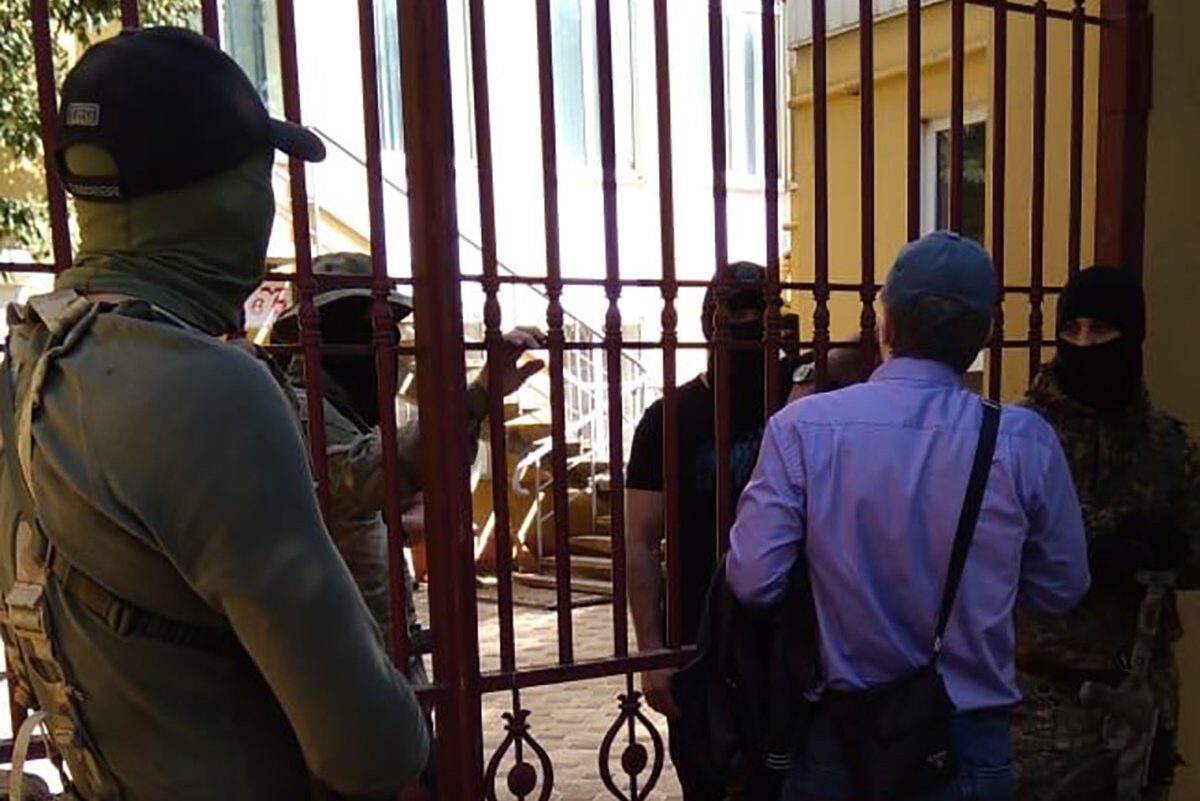
‘For the authorities and security forces, the laws introduced on “fake news” and military censorship give them carte blanch. In such a situation, they can find fault with any word, or even if they do not find a fault, they can use illegal methods to get rid of one or another independent publication or journalist.’
For Chernovik, the pressure ramped up a week after Russia’s full-scale invasion of Ukraine, when, according to the employee, internet providers blocked access to their website following an unofficial request by the Daghestani authorities. This lasted only a week due to its illegality.
But the obstacles did not end there — the printing press that has printed Chernovik for many years then refused to publish the paper.
According to the employee, a high-ranking official warned the printing press that their director could be imprisoned if they continued to publish the newspaper.
The publication has already filed a lawsuit against the printing house for breach of contract and has resumed publication thanks to the Makhachkala printing house, the only place to agree to publish it.
Threats that journalists could be imprisoned under the new war censorship laws have also been forthcoming.
‘Telegram channels associated with the Ministry of Internal Affairs and the FSB of Daghestan began to disseminate information in March that fake news was being published in the Chernovik telegram channel’, the employee said.
‘At the same time, not a single example of such fake news was given. And until now, the security forces have not been able to find a single piece of fake news, as every week, only a list of the Daghestanis who died in the war in Ukraine is published in the newspaper’, they said.
They said this had irritated the republic’s authorities and security forces, who have continued to pressure them using various methods, such as closing down their offices for ‘fire safety violations’.
The employee said they feared the authorities might next take economic measures to pile on the pressure, and that the postal service and private traders may start to refuse to distribute Chernovik or advertisers will be banned from taking out ads.
If this were to happen, the paper may have to temporarily close, they said.
Censorship and self-censorship in Armenia’s war reporting
For Gevorg Tosunyan, an experienced journalist from Yerevan-based CivilNet, war censorship, including self-censorship by journalists also proved to be a challenge to the role of an independent media.
Tosunyan covered the Second Nagorno-Karabakh War from the day it broke out, facing probably the most strict state censorship in Armenian since independence.
During the war, releasing any information contradicting the government’s official line was prohibited, and dozens of organisations and individuals were forced to delete posts on social media or pay fines for violating martial law.
‘I personally have been receiving information from the borders that was simply the opposite of what the state was saying’, he said, but his own self-censorship stopped him from publishing the information.
He said that it was natural that people, including journalists, did not wish to harm their country during a time of war, and that not telling the truth was something that most journalists had to do and later regret.
Tosunyan said that CivilNet complied with the censorship laws while trying to use the interviews and in-field reporting to show how different the reality was.
‘These were emotional times for everyone’, Tosunyan said. ‘For us at CivilNet, it was also hard to find a common ground on what our policy on dealing with the censorship should be’.
In their case, the state was not able to directly force them to delete the published articles, because they were ‘cautious’, he said, yet dealing with the public perception of the war, and relaying the real scale of the losses was hard.
The attitude, he said, originated from Armenia’s victory in the first Nagorno-Karabakh War. ‘The idea of Armenia’s strength and invincibility is rooted in society, making them intolerant towards those even hinting about the opposite’.
‘The government’s censorship and the propaganda just acted to deepen these ideas’.
He said society was ready to pressure the media, and direct them, even without the state. It was impossible to ‘defeat’ the public mood at that time, Tosunyan said.
For him, as for many others, the questions and regrets rose after the end of the war.
‘The media, and my personal approach too, was significantly changed.’
Now, Tosunyan said he was not bound by inner barriers when filming the borders and showing Armenia’s military positions and the infrastructure on the borders.
‘Since then, we also started taking official information with a grain of salt’, he added.
‘I hope I’m wrong, but I expect a dangerous policy from the current government if there’s martial law again.’
New policies and restrictions introduced since the war are already limiting the work of the media, adding new offences and worsening access to information, but the government doesn’t seem to be willing to change.
‘We’re not beaten up in the streets like we were in the 2016 uprising. But that doesn’t mean our rights are not being violated’, he said.
The worst year for the press under Georgian Dream rule
On the background of lingering restrictions to public information during the pandemic, several journalists in Georgia also faced attacks while covering the parliamentary elections in the autumn of 2020.
However, this all paled in comparison to the mass violence against reporters on 5 July 2021 in Tbilisi. Homophobic mobs mobilised by the Georgian Orthodox Church but predominantly led by far-right extremist group Alt Info chased down and attacked reporters who were only doing their job.
Rati Tsverava, a reporter for Georgian TV channel Formula, was among over 50 journalists injured that day.
He was chased for several hundred metres from the Parliament building in Tbilisi, long before police officers eventually showed up to help.
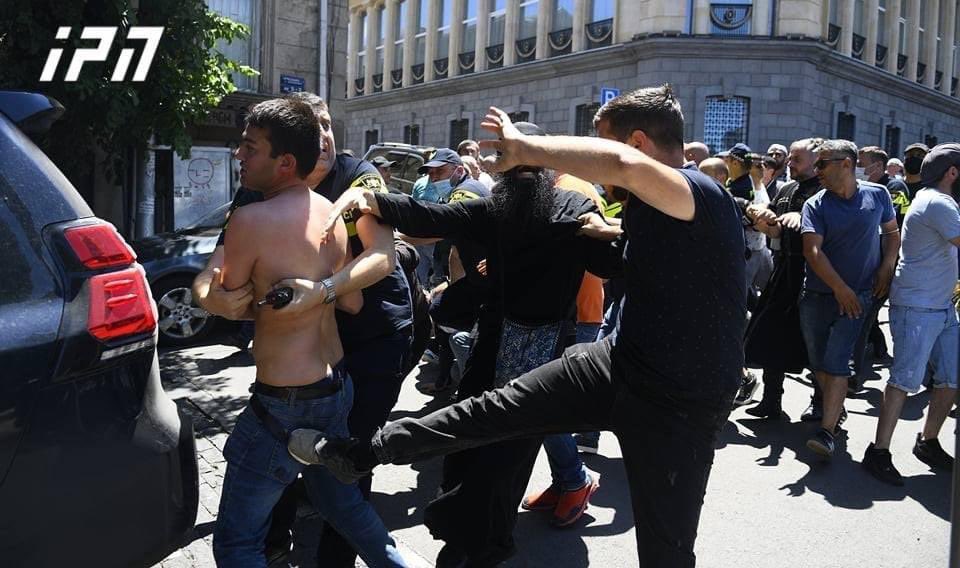
According to Tsverava, no one was properly punished for attacking him or others, including TV channel Pirveli’s camera operator Aleksandre Lashkarava, who died days after the attack.
‘Ten people were hitting me, and only one was detained, and he will be free in three months… The authorities have been telling me for almost a year now that they cannot identify the others. This is nonsense; there’s just no will to prosecute’, Tsverava told OC Media. He was attacked on camera.
Tsverava said the aggression towards journalists from people ‘encouraged by the authorities’ began before July 2021 — ‘like on the 9 May event’ that year, during a rally led by conservative media personality Gia Gachechiladze, also known as Utsnobi.
‘5 July was only a culmination of the aggression against the media that had been cobbling together slowly’, Tsverava said.
He said the situation had not improved since 5 July, and that government figures ‘have the same rhetoric’ as before, if not worse.
‘When we go to interview them, they start lashing out at us by calling us “disinformers”… the same tone that eventually provokes the violence’, he said. ‘This aggression continues and obviously, it has affected my work. While previously I could boldly go anywhere, now I know that I must avoid cerain situations.’
[Read more on OC Media: Georgian Dream’s anti-media crusade continues]
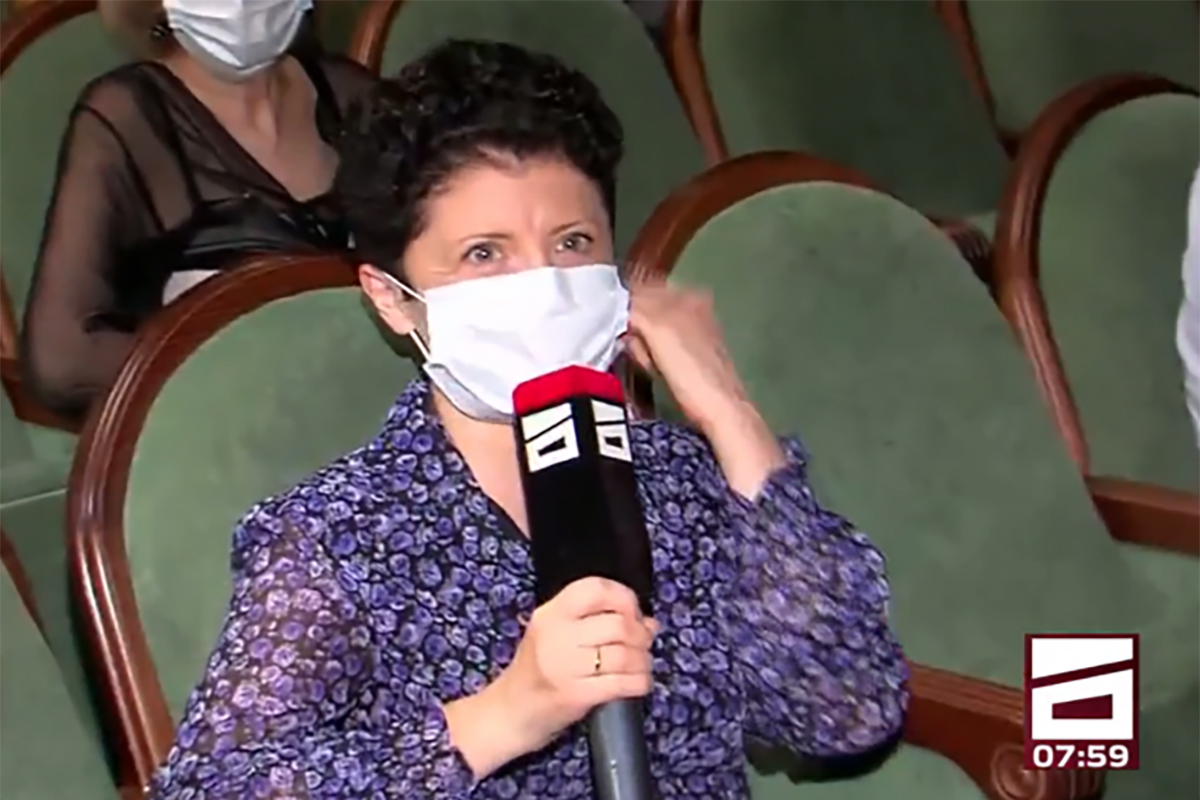
Since the July violence, Alt Info has been successful in obtaining a national broadcasting license for their TV channel, which they have used extensively to propagate hate against the ‘liberal media’.
‘It’s becoming more and more dangerous in Azerbaijan’
Mehman Huseynov, the editor-in-chief of SANCAQ, a socio-political magazine, documents corruption and human rights violations in Azerbaijan.
One of the victims of the government’s media policy for years, Huseynov told OC Media that freedom of the press was only deteriorating further in Azerbaijan.
‘For comparison, the situation with freedom of speech in Azerbaijan is now more critical than at any time in the last 10 years’, he said.
‘The situation for independent media is clearly under the control of the government with the new media law’, he said,
The law, signed by President Aliyev in February, imposes broad restrictions on journalists’ ability to report, requiring they provide only ‘objective’ information, with objectivity defined at the authorities’ discretion.
It also requires journalists to register themselves with the government, with future journalists to face a government-run ‘test’ to prove themselves.
‘I consider 2014 a breaking point for the Azerbaijani media’, Huseynov said. ‘Since then, the government has become more anti-media. It has begun to show an aggressive attitude.’
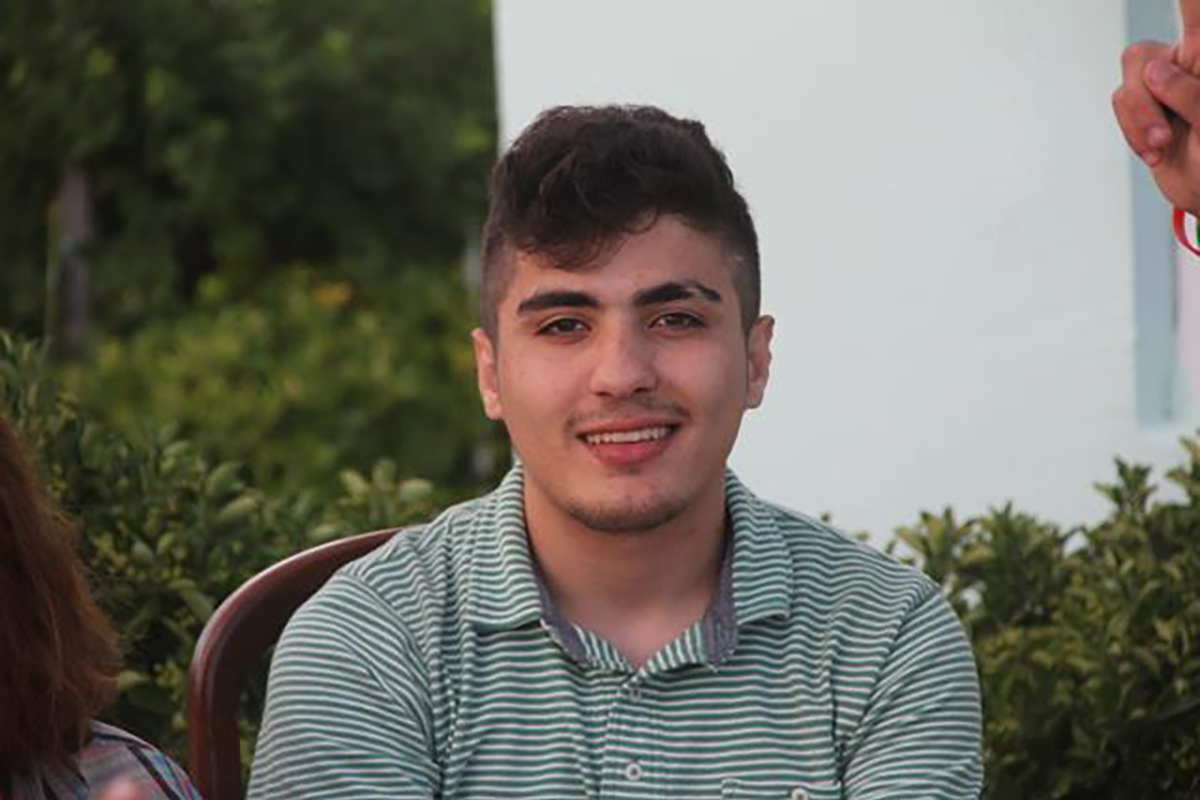
In March 2017, he himself was sentenced to two years in prison on defamation charges after accusing the police of abducting and torturing him. On 2 March 2019, he was released.
‘The main priority of the Azerbaijani government against the media was to eradicate investigative journalism. As high levels of corruption in Azerbaijan are the main area of research for free journalism, the government first “attacked” investigative journalists and civil society and continues to do so. As it continues, investigative journalism will expand, and this expansion will lead to more pressure and arrests in the future.’
Huseynov also decried the lack of freedom of information in Azerbaijan, especially from the Central Elections Commission.
‘They hide or change the addresses of individuals and officials. They call it a “state secret” or refer to “state security”. The closure of the database is designed to cover up corruption. There are almost no open resources for journalism in Azerbaijan.’
‘For example, when preparing a study on the State Oil Company of Azerbaijan, I couldn’t find access to any source. So I used open sources in neighbouring Georgia, where SOCAR also operates. On the basis of this information, I uncovered an example of SOCAR’s corruption and presented it to the public.’
‘Being an independent journalist in Azerbaijan is risky and it is dangerous. When corruption and crime are high in a country, the government moves to eliminate journalists and researchers who reveal these facts’, Huseynov said.
‘And it’s becoming more and more dangerous. it’s getting harder.’



